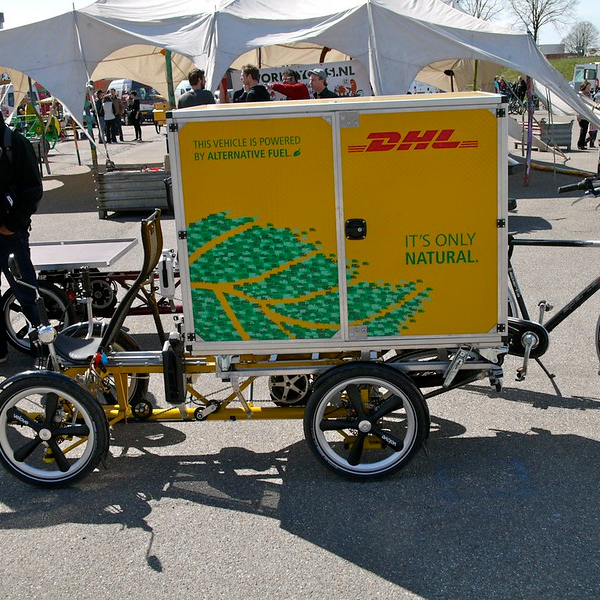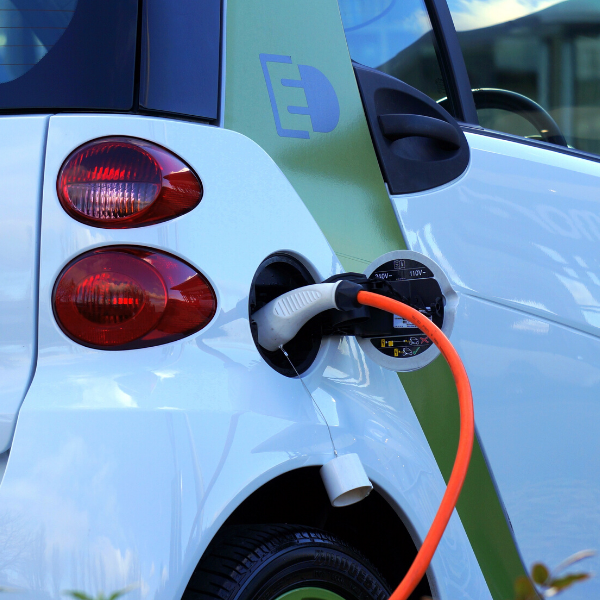
Transport

SUSTAINABLE TRANSPORT
Have you ever considered the emissions impact of all the transport kilometres that are travelled as the result of your business? Starting with the people involved in staffing your business, their modes of travel to, from and during work hours? What about how your customers are able to get to your business? The products that you make or sell – how far have they travelled to reach you and by what means? This section asks you to question whether your business is able to reduce the level of gas-house emissions released as the result of your business-related transport needs across a variety of ways.
Track and record all your business transport needs, including type of transport, distance travelled, and fuel consumed, including staff’s trips to/from work, meetings, overseas or interstate travel and deliveries.

DELIVERIES
- Consolidate transport needs wherever possible e.g. multiple deliveries or stops in the one trip, and plan in advance the most efficient route to take for a single destination or multiple destination trip.

INVESTMENTS
- Energy efficient vehicles in the fleet
- Electric bikes and scooters
- Bike racks and showers to encourage active transport

TRANSPORTATION
- Encourage your staff to walk, run or cycle to work and provide bike storage racks, lockers and showers at work.
- Use https://myrta.com/vgr/ to calculate your transport CO2 emissions.Consider offsetting all or some of your carbon emissions for your business

PRACTICES
- Allow your staff to work from home sometimes and have flexibility in start and finish times to avoid unnecessary time lost in commuting in peak hours
- Use video conferencing technologies to avoid travelling to clients’ premises or to connect with team members working remotely
